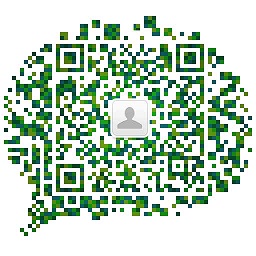-------- ClientCallbacp.aspx.cs -----------
// ClientCallback.aspx.cs
using System;
using System.Data;
using System.Configuration;
using System.Collections;
using System.Web;
using System.Web.Security;
using System.Web.UI;
using System.Web.UI.WebControls;
using System.Web.UI.WebControls.WebParts;
using System.Web.UI.HtmlControls;
public partial class ClientCallback : System.Web.UI.Page, System.Web.UI.ICallbackEventHandle r
{
void Page_Load(object sender, EventArgs e)
{
ClientScriptManager cm = Page.ClientScript;
String cbReference = cm.GetCallbackEventReference(this, "arg", "ReceiveServerData", "");
String callbackScript = "function CallServer(arg, context) {" + cbReference + "; }";
cm.RegisterClientScriptBlock(this. GetType(), "CallServer", callbackScript, true);
}
private string returnStr;
//function called by client, executed on server
public void RaiseCallbackEvent(String eventArgument)
{
//do something with return argument
returnStr = eventArgument.ToUpper();
return;
}
//function that sends result?
public string GetCallbackResult()
{
return returnStr;
}
}
客户端用ReceiveServerData接收服务器返回的数据,
使用CallServer('argument', 'context')传递数据到服务器。
客户端ok了,接下来是服务器端,实现ICallbackEventHandle 接口,
private string returnStr;
public void RaiseCallbackEvent(String eventArgument)
{
returnStr = eventArgument.ToUpper();
return;
}
public string GetCallbackResult()
{
return returnStr;
}
最后,将客户端方法和服务器端的方法关联起来,在Page_Load中实现,
ClientScriptManager cm = Page.ClientScript;
String cbReference = cm.GetCallbackEventReference(this, "arg", "ReceiveServerData", "");
String callbackScript = "function CallServer(arg, context) {" + cbReference + "; }";
cm.RegisterClientScriptBlock(this. GetType(), "CallServer", callbackScript, true);
大功告成!
这种方法也能达到类似ajax的无刷新页面,而且实现起来十分简单。

